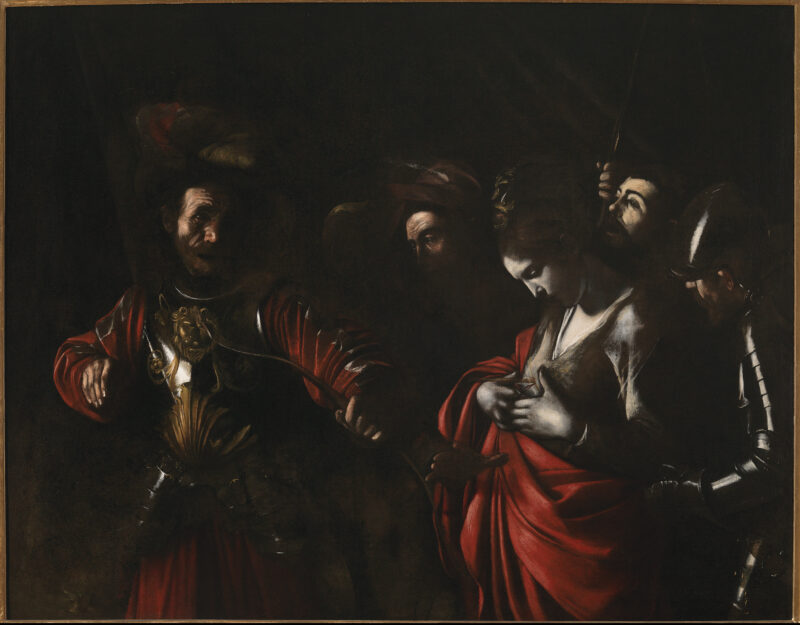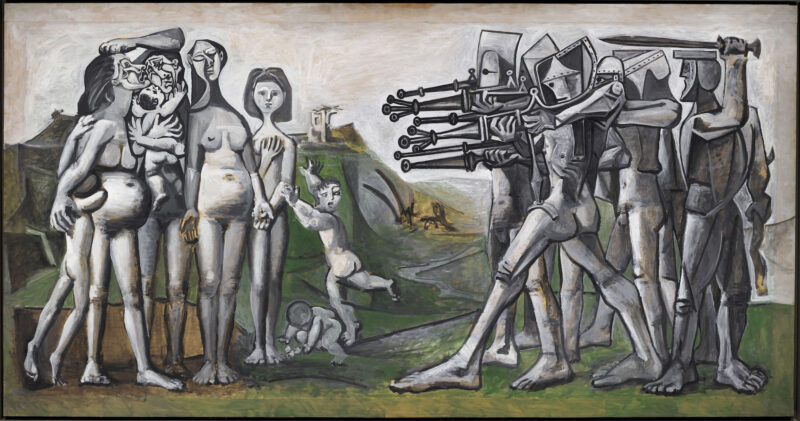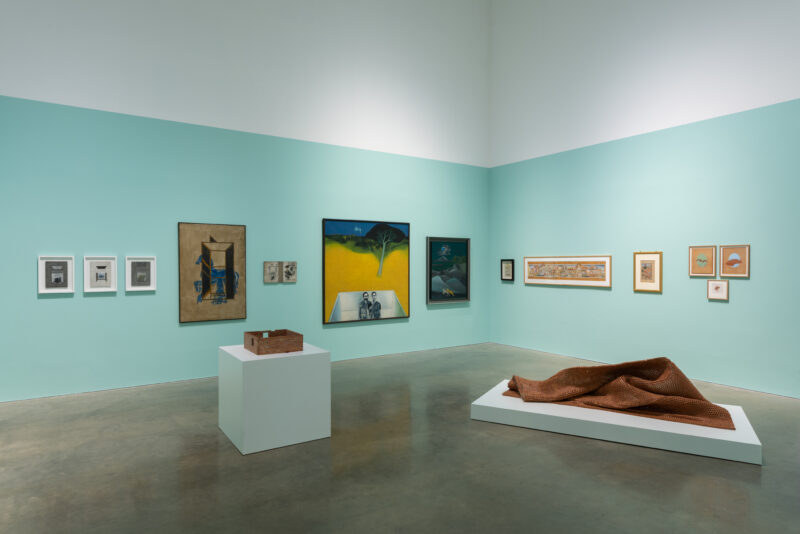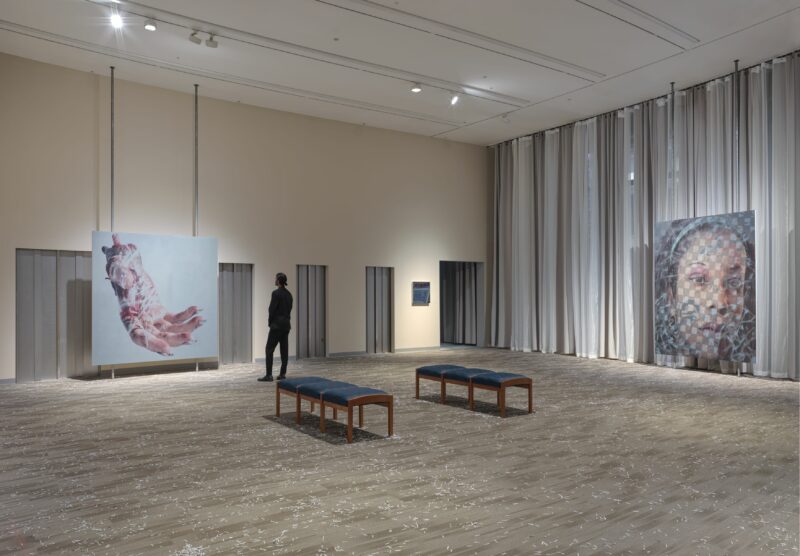A major new exhibition of around a hundred paintings and sculptures by artists such as Cezanne, Van Gogh, Rodin, Picasso, Matisse, Klimt, Käthe Kollwitz, Sonia Delaunay, Kandinsky and Mondrian opens at the National Gallery next March.
With loans from museums and private collections around the world After Impressionism: Inventing Modern Art (25th March – 13th August 2023), includes some of the most important works of art created between 1886 and around 1914.
While celebrating Paris as the international artistic capital, After Impressionism: Inventing Modern Art also focuses on the exciting and often revolutionary artistic developments across other European cities during this period.
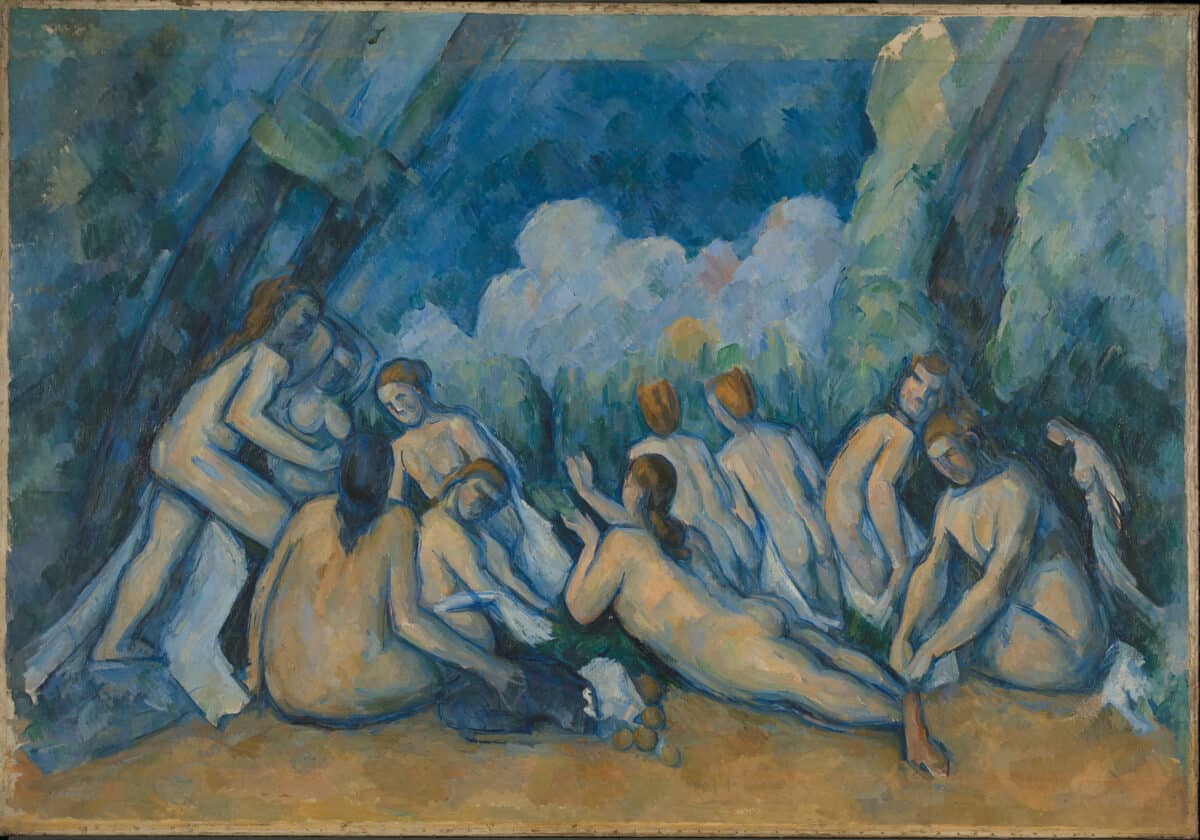
‘In the wake of the innovations of Impressionism came a host of artists with a more radical outlook who reshaped the aesthetic landscape in Europe around 1900. The exhibition looks broadly at this remarkable generation through a superb selection of works of art lent from public and private collections across the world.’
Dr Gabriele Finaldi, Director of the National Gallery, London,
Starting with the towering achievements of Cezanne, Van Gogh, Gauguin and Rodin, visitors are able to journey through the art of the late 19th and early 20th centuries created in cities such as Paris, Barcelona, Berlin, Brussels and Vienna. The exhibition closes with some of the most significant modernist works, ranging from Expressionism to Cubism and Abstraction.
After Impressionism: Inventing Modern Art explores the main themes in the development of the visual arts in Europe at this time: the break with conventional representation of the external world, and the forging of non-naturalist visual languages with an emphasis on the materiality of the art object expressed through line, colour, surface, texture and pattern.

Highlights of this wide-ranging international survey include André Derain’s La Danse (Private Collection), Edgar Degas’s Dancers in the Foyer (Ny Carlsberg Glyptotek, Copenhagen); Paul Cézanne’s Grandes Baigneuses (National Gallery, London); Edvard Munch’s The Death Bed (KODE Art Museums, Bergen); Paul Gauguin’s Vision of the Sermon (Jacob Wrestling with the Angel) (National Galleries of Scotland, Edinburgh); Camille Claudel’s L’Implorante (Nogent sur Seine, Musée Camille Claudel); and Lovis Corinth’s Nana, Female Nude (Saint Louis Art Museum, St Louis.).
The exhibition consists of around a hundred works, mostly paintings but also including a careful selection of innovative sculpture. The first-room Introduction to the exhibition features two seminal works by Pierre Puvis de Chavannes and Paul Cezanne, framed by two radical sculptures by Auguste Rodin (Auguste Rodin Monument to Balzac, 1898, plaster; and The Walking Man (L’Homme qui marche, 1905-7, bronze; Musée Rodin, Paris).
.
Pivotal Figures presents the three masters, Cézanne, Van Gogh, Gauguin. Highlights include Cezanne’s Mont Sainte-Victoire (1902-6, oil on canvas, Philadelphia Museum of Art) and Van Gogh’s Snow-Covered Field with a Harrow (after Millet) (1890, oil on canvas, Van Gogh Museum, Amsterdam, Vincent van Gogh Foundation). Prior to demonstrating the powerful impact that these artists had both in Paris and elsewhere in Europe, this section also illustrates the reconsideration of form, surface and space in the later work of Edgar Degas, and, in Neo-Impressionism, the drive away from representation towards simplification of form, patterned surfaces and an increasingly fractured, mosaic-like application of colour.
The exhibition highlights the elaboration of Pictorial Symbolism as formulated by Gauguin, with its demand on the artist to adopt non-naturalism as the means to alert the spectator to the new subject matter of art, the Idea and profound emotion. This is reflected in Gauguin’s radically experimental paintings and works in terracotta, and in the austere, uncompromising works of Louis Anquetin (Avenue de Clichy (Street- Five O’clock in the Evening), 1887, oil on paper mounted on canvas, Wadsworth Atheneum Museum of Art, Hartford, Connecticut) and Emile Bernard in the section Different Paths.
Pictorial symbolism is also a characteristic of the intimiste, patterned compositions made during the 1890s, in the section devoted to the group of young French artists that formed The Nabis (or ‘Prophets’). These are complemented by a simplified sculptural piece of the same decade by Aristide Maillol. A highlight of this section is Paul Sérusier’s hugely influential work Le Talisman, paysage au bois d’Amour (1888, oil on panel, Musée d’Orsay, Paris), made under the direct instruction of Gauguin.

These artists found important recognition in the avant-garde exhibiting circles of Brussels and the exhibition’s section on New Voices: Barcelona and Brussels illustrates the potent drive towards a new visual language in the work of such artists as Jan Toorop and James Ensor, and the sculpture of Georges Minne (Kneeling Youth of the Fountain, 1898, bronze; Museum voor Schone Kunsten, Gent, Belgium). Barcelona is represented by works by Hermenglido Anglada-Camaras, Ramon Casas i Carbo, Santiago Rusiñol I Prats, Isidro Nonell i Monturio and Pablo Picasso (Gustave Coquiot, 1901, oil on canvas; Centre Pompidou, Paris, Musée national d’art moderne/Centre de création industrielle). For these artists, Paris played a significant role in the evolution of innovative artistic voices.
In common with Barcelona and Brussels the exhibition shows the journeys away from naturalism in New Voices: Vienna and Berlin which will highlight works by Gustav Klimt and Käthe Kollwitz (Pair of Lovers, 1913-15, bronze; Käthe Kollwitz Museum Köln) and Lovis Corinth, respectively. Berlin also presents the work of the Norwegian Edvard Munch, who used the city as a platform for the establishment of his international reputation.
New Terrains outlines the various routes into the modernist manifestations of the early 20th century which were shaped by the ferment of the previous two decades. This section will recognise the continued dominance of Paris as the art capital of the world by highlighting the emergence of the Fauves, (French for ‘the wild beasts’), the group of early 20th-century modern artists whose works emphasized painterly qualities and strong colour over the representational or realistic values retained by Impressionism. This section shows the fractured realities of the Cubism of Picasso (Portrait of Wilhelm Uhde, 1910; oil on canvas, Private Collection), prefigured in his Woman with Pears, 1909, (oil on canvas, The Museum of Modern Art, New York) and by Georges Braque in La Roche-Guyon: le château, 1909, (oil on canvas; Moderna Museet, Stockholm).
New Terrains also addresses the explosion of colour and rhythm in German Expressionism with works by Erich Heckel and Karl Schmitt-Rottluf (Deichdurchbruch, 1910, oil on canvas; Brücke Museum, Berlin.) Other highlights include Sonia Delaunay’s Jeune Finlandaise, (1907, oil on canvas, private collection) and Paula Modersohn-Becker’s Sitzendes Mädchen in weissem Hemde und stehender Mädchenakt, 1906, oil tempera on cardboard on parquet-covered wood; Paula Modersohn-Becker Museum, Bremen). And finally, the exhibition closes with the journey towards abstraction in the work of Wassily Kandinsky (Bavarian Village with Field, 1908; oil on card, Private Collection; and Picture with White Lines, 1913; oil on canvas, Private Collection) and Piet Mondrian (Tree, 1908, oil on canvas, Kuntsmuseum Den Haag; and Composition No. XVI (Compositie I, Arbres), 1912-13, oil on canvas, Fondation Beyeler, Riehen/Basel, Beyeler Collection).
In this exhibition we seek to explore the complexities of a period in art, and in wider cultural manifestations, that can assert the claim to have broken links with tradition and laid the foundations for the art of the 20th and 21st centuries.
MaryAnne Stevens, co-curator of After Impressionism: Inventing Modern Art,
After Impressionism: Inventing Modern Art, 25th March – 13th August 2023, The National Gallery
After Impressionism: Inventing Modern Art is curated by the art historian and curator MaryAnne Stevens and Christopher Riopelle, the National Gallery’s Neil Westreich Curator of Post 1800 Paintings, with guest associate curator, art historian Julien Domercq.

